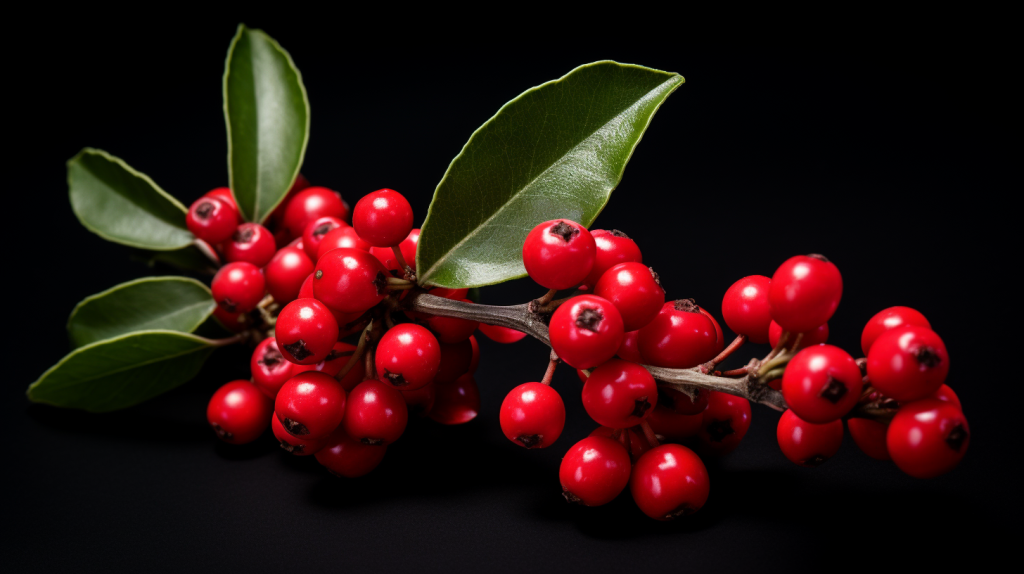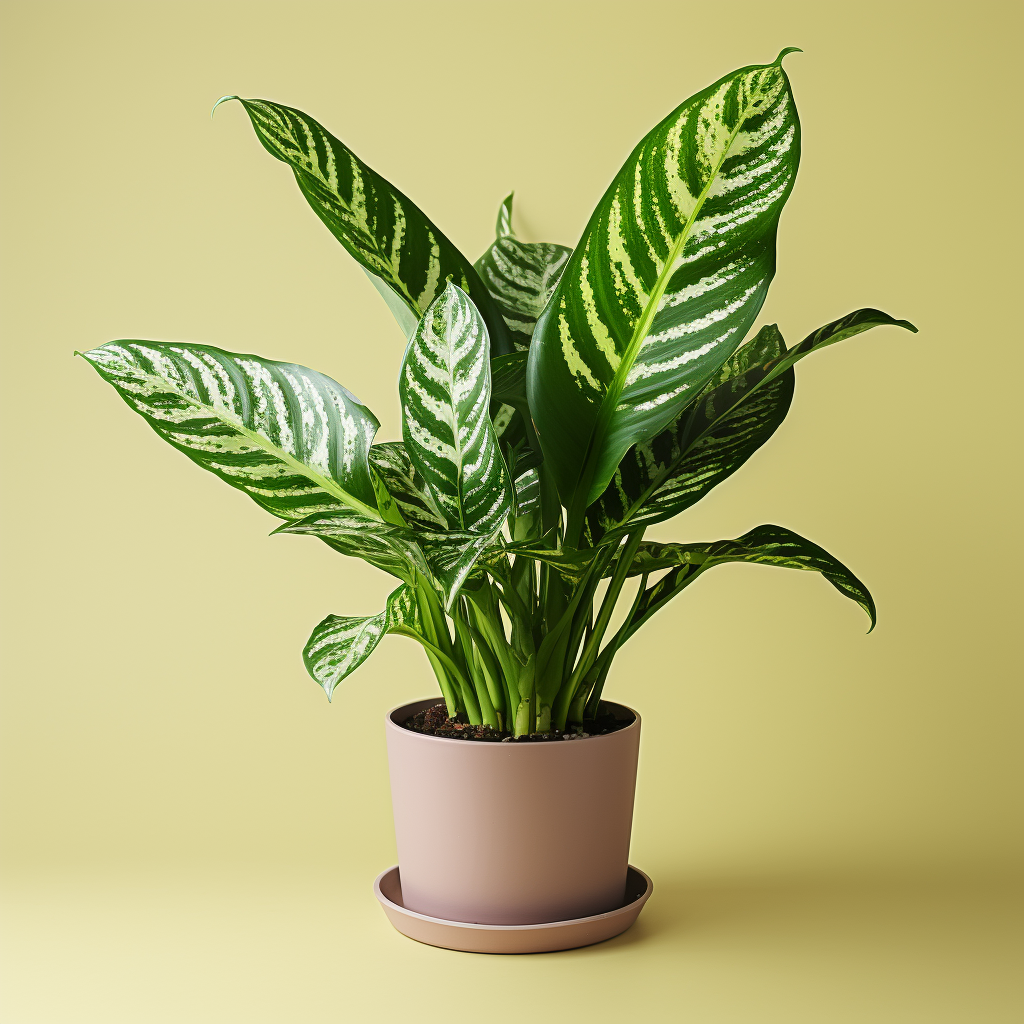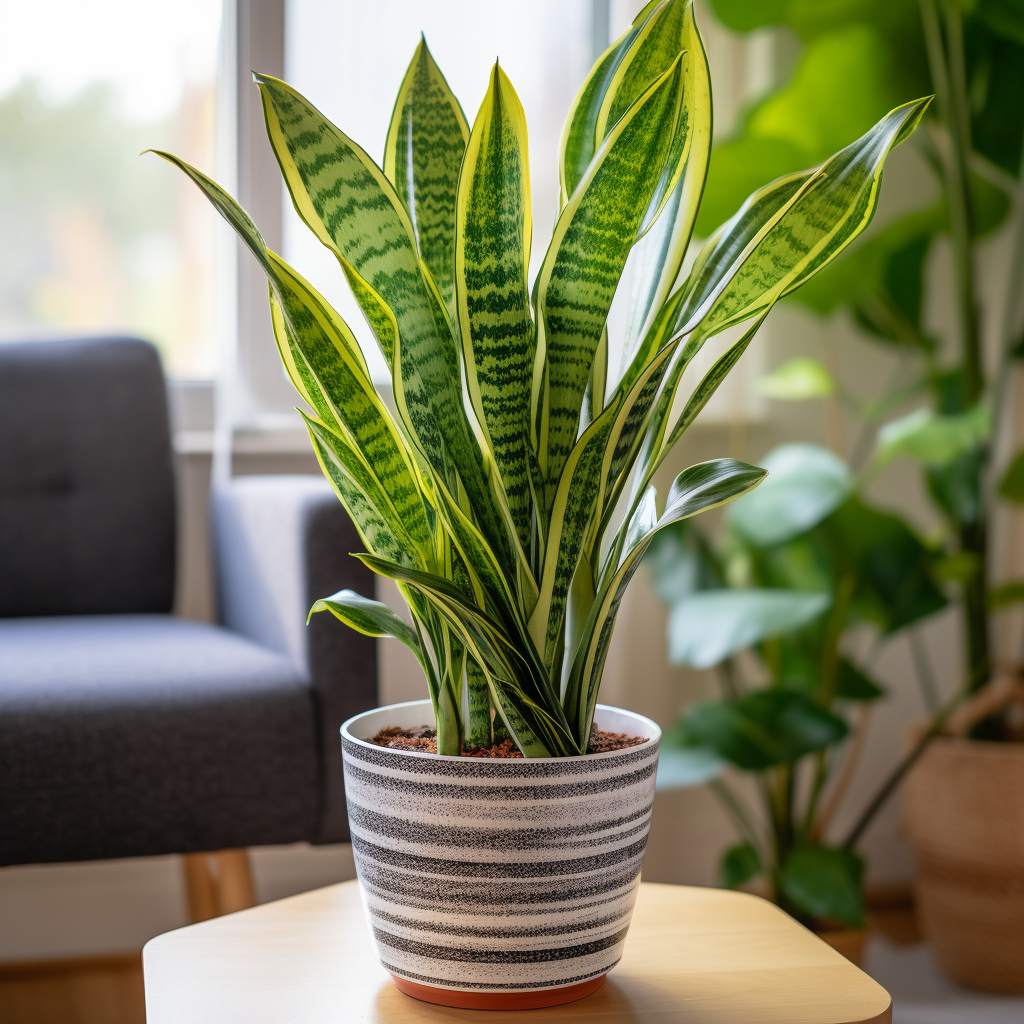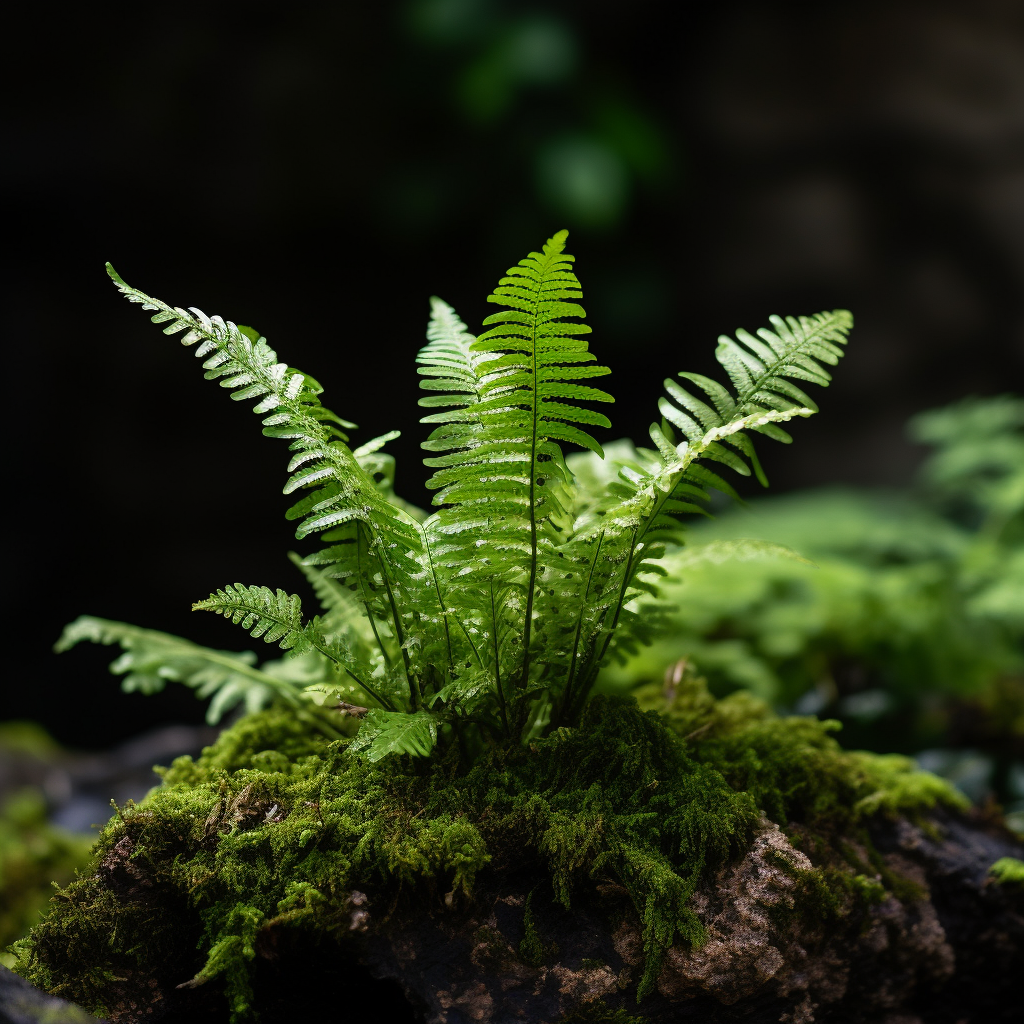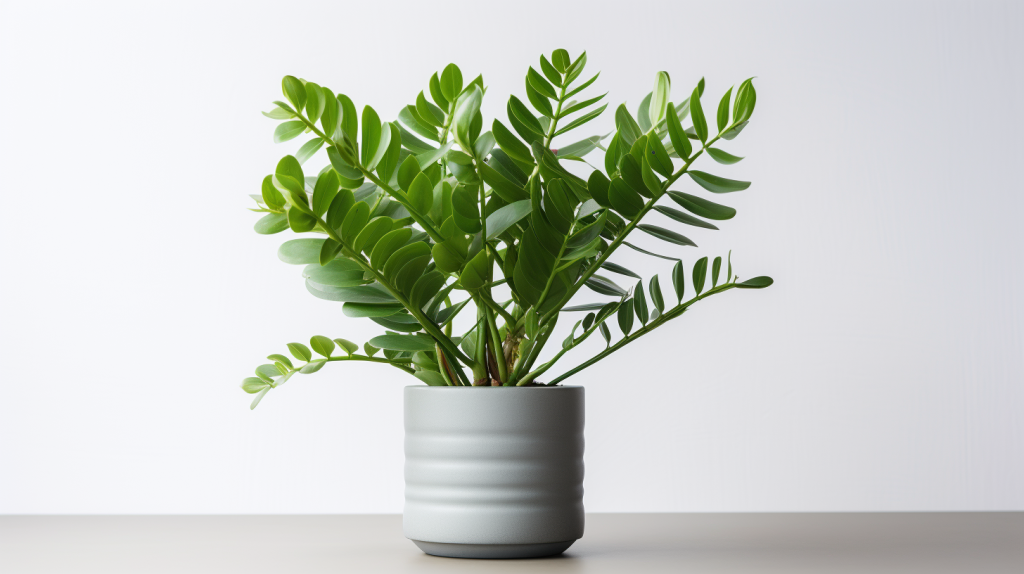If you’re seeking to add a pop of color to your garden that remains throughout the winter, the Coral Berry, also known as the Christmas Berry, is your go-to plant. Let’s delve into this unique plant and learn how to grow and care for it.
What is the Coral Berry?
Coral Berry, scientifically known as Ardisia crenata, is a perennial evergreen shrub that is a part of the Primulaceae family. This plant is native to East Asia but has spread throughout different regions due to its ornamental value. A fantastic choice for adding festive color to your garden, especially during winter when most other plants are dormant.
Description Of Coral Berry
The Coral Berry plant stands out with its glossy, waxy leaves and stunning berry clusters. Its leaves are serrated, elliptical, and dark green in color. They stay lush all year round, making the Coral Berry an appealing choice for year-long greenery.
What Does The Coral Berry Look Like?
The beauty of Coral Berry lies in its clusters of vibrant berries that it gets its name from. These berries are bright red to pink and are characterized by their eye-catching glossy texture. The berries persist well into winter, sometimes until early spring, providing color in your garden when most other plants are resting.
Coral Berry Flowering
During the summer, the Coral Berry produces small, star-shaped pinkish-white flowers. These flowers then develop into the colorful berries that give this plant its common name. The flower clusters are often seen hidden underneath the leaves, adding a touch of whimsy to this beautiful plant.
Displaying Coral Berry
Whether it’s on your front porch, backyard, or inside your home, the Coral Berry makes a visually appealing display. It’s commonly used in decorative holiday arrangements due to its festive look. The Coral Berry can also be a great choice for borders, foundations, or as an understory in shady gardens.
Is The Coral Berry Poisonous?
It’s important to note that while beautiful, the berries of the Coral Berry plant are mildly toxic if ingested, especially for pets and children. They can cause digestive upset or more severe symptoms in larger amounts. Always be cautious when placing this plant in an area accessible to children or pets.
Coral Berry Facts
Let’s explore some fascinating facts about the Coral Berry:
| Fact | Description |
|---|---|
| Origin | East Asia |
| Family | Primulaceae |
| Flower Color | Pinkish-White |
| Berry Color | Red to Pink |
| Height | Up to 6 feet |
| Toxicity | Mildly toxic if ingested |
Caring For Coral Berry
Growing and caring for the Coral Berry is not a complex task. Here’s what you need to know:
| Care Aspect | Details |
|---|---|
| Sunlight | Partial shade to full shade |
| Soil | Well-drained, rich in organic matter |
| Water | Regular watering, but do not overwater |
| Temperature | Tolerant to a wide range of temperatures |
| Fertilizer | Feed with a balanced fertilizer in spring |
Common Problems
The Coral Berry is relatively disease and pest resistant. However, some common issues include root rot due to overwatering and infestations by pests like spider mites. Adequate care and regular inspections of your plant can help mitigate these issues.
Frequently Asked Questions
- Is Coral Berry easy to care for? Yes, the Coral Berry is generally easy to grow and care for, making it suitable for beginner gardeners.
- Can Coral Berry grow indoors? Yes, this plant can be grown indoors as long as it receives adequate light and care.
- Do Coral Berries attract wildlife? Yes, birds are particularly attracted to the berries, which provide food for them during the winter.
- How often should I water my Coral Berry plant? Regular watering is key, but be careful not to overwater as this can lead to root rot.
- When does the Coral Berry flower? The Coral Berry typically flowers in the summer, with the berries developing afterwards and persisting through the winter.
Conclusion
Adding the Coral Berry to your garden or home can bring year-round visual interest, particularly during the winter months when its colorful berries stand out. While it requires some care, particularly with regards to its potential toxicity and watering requirements, it remains a wonderful addition for those seeking to add a touch of festive color to their space.
References

